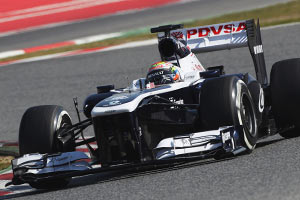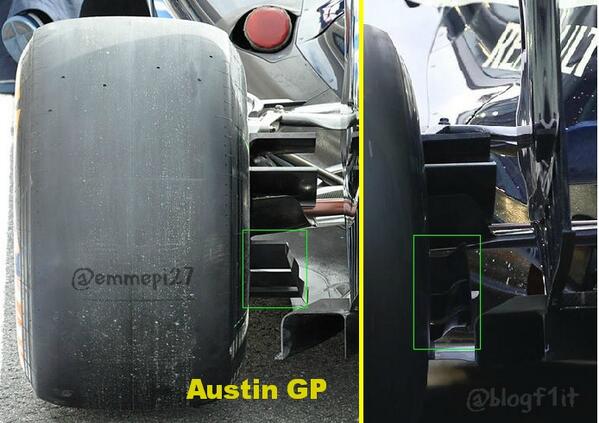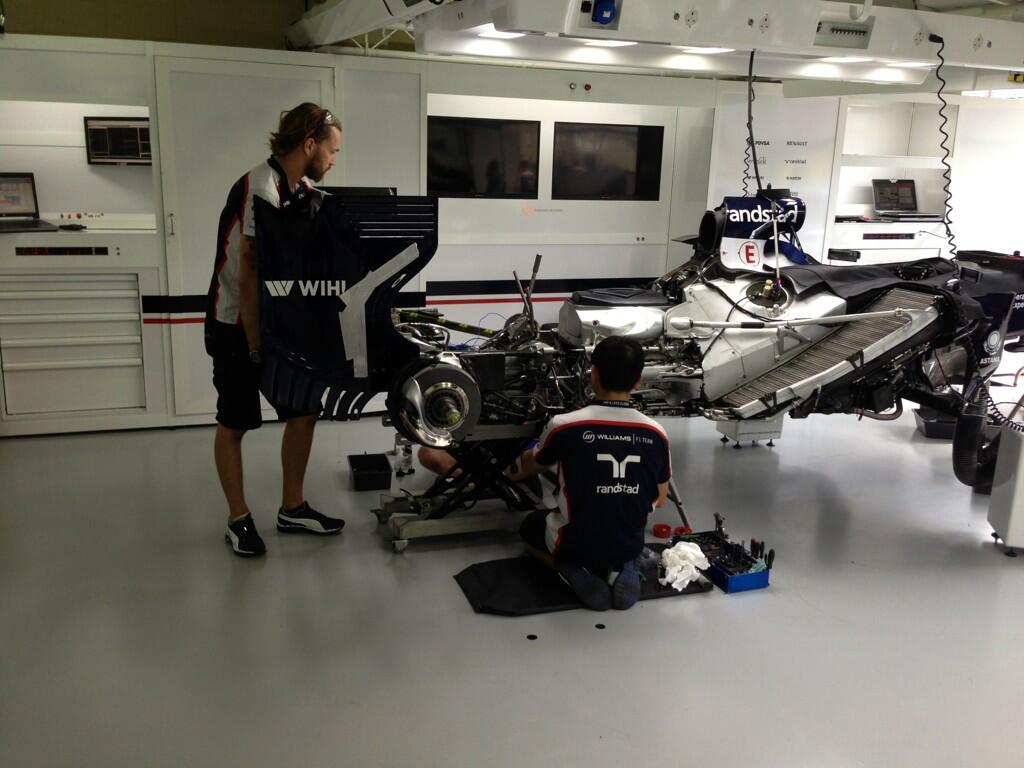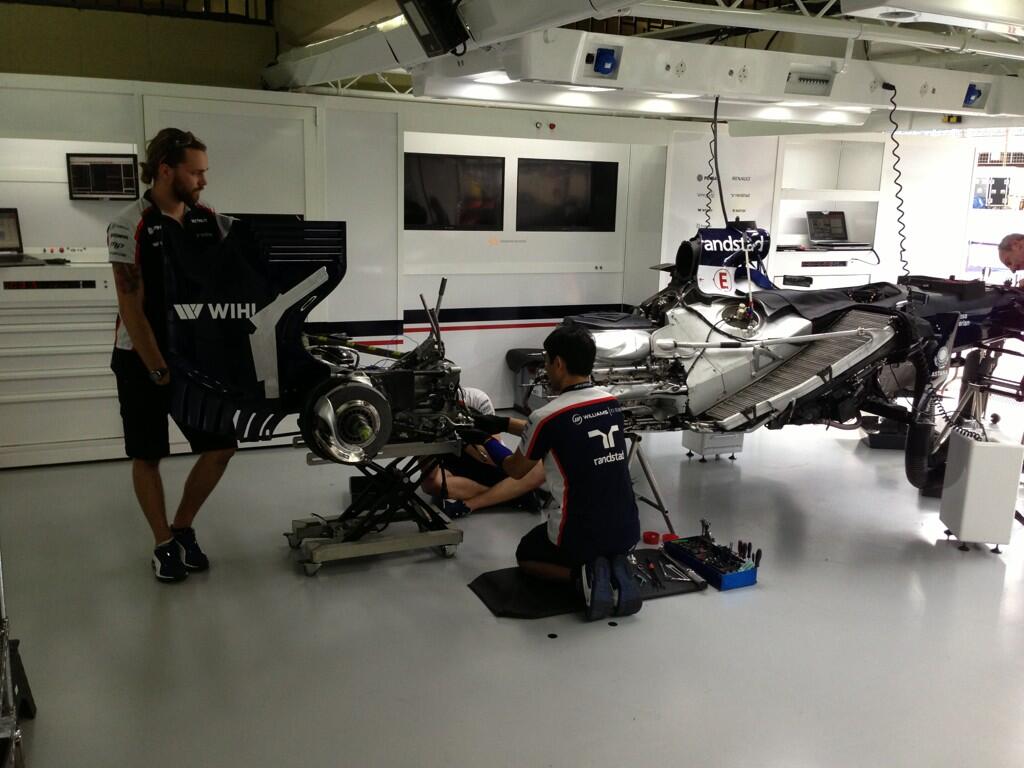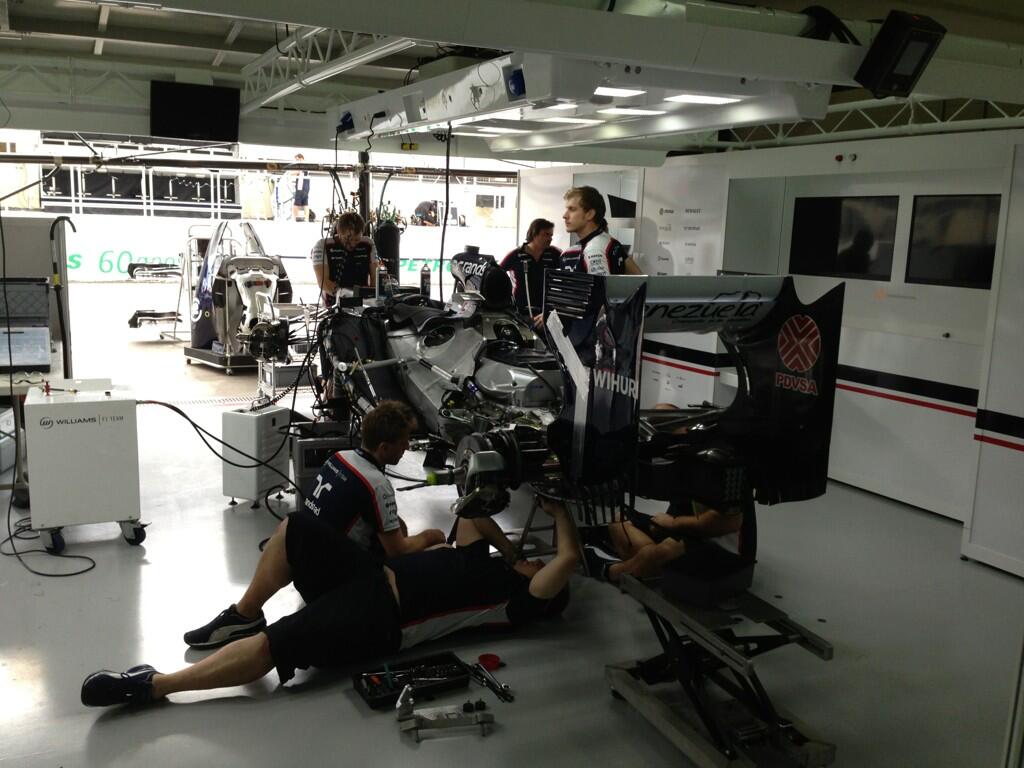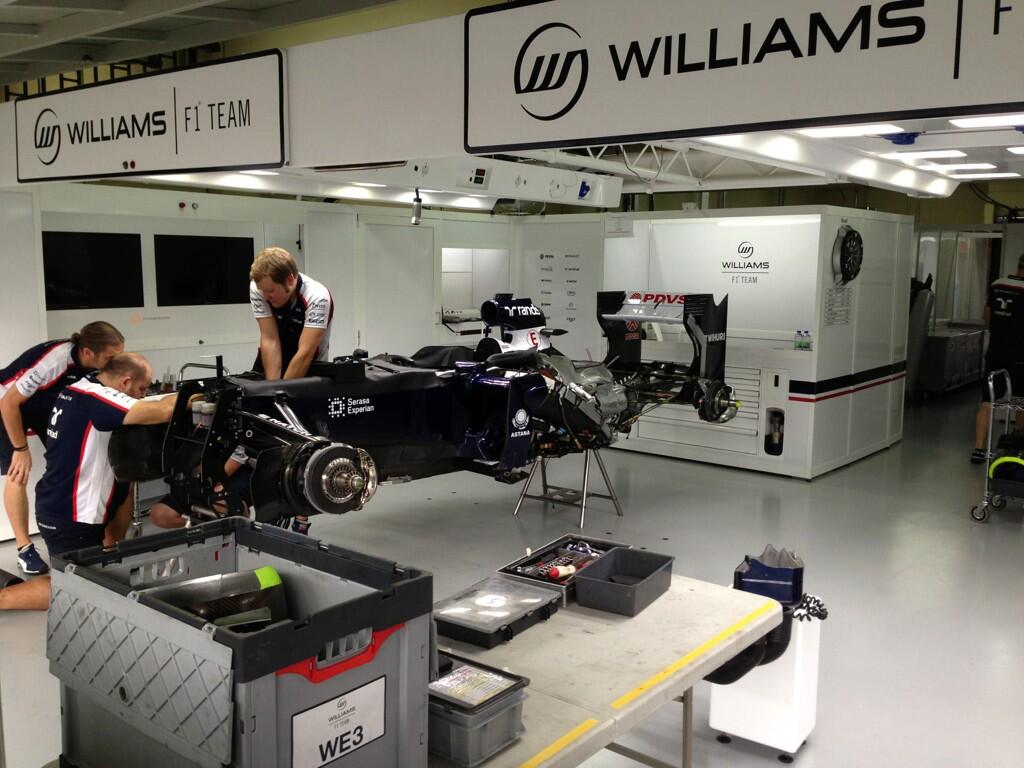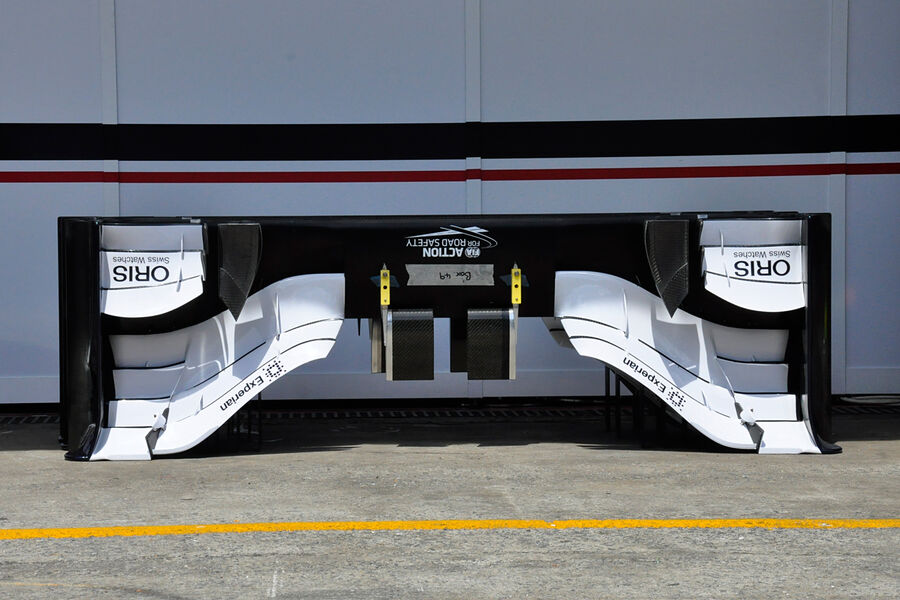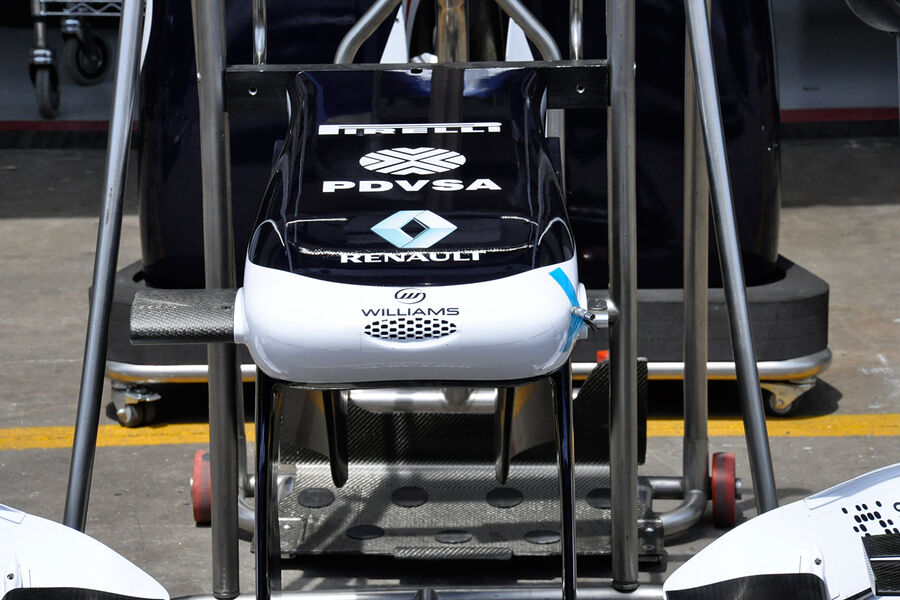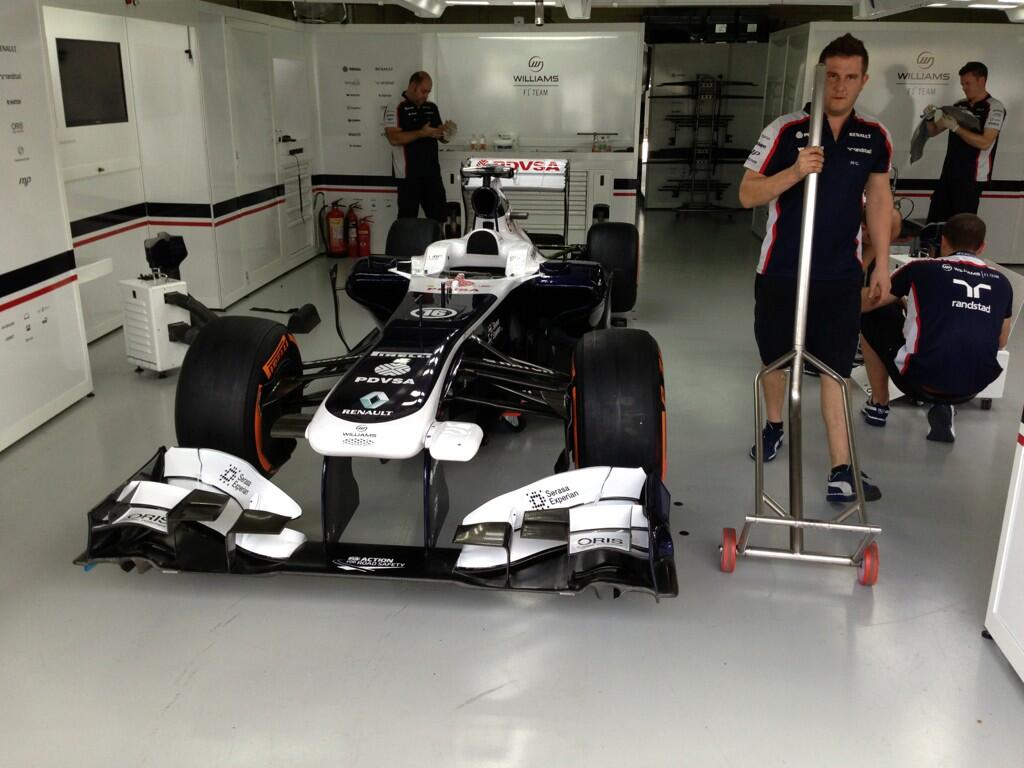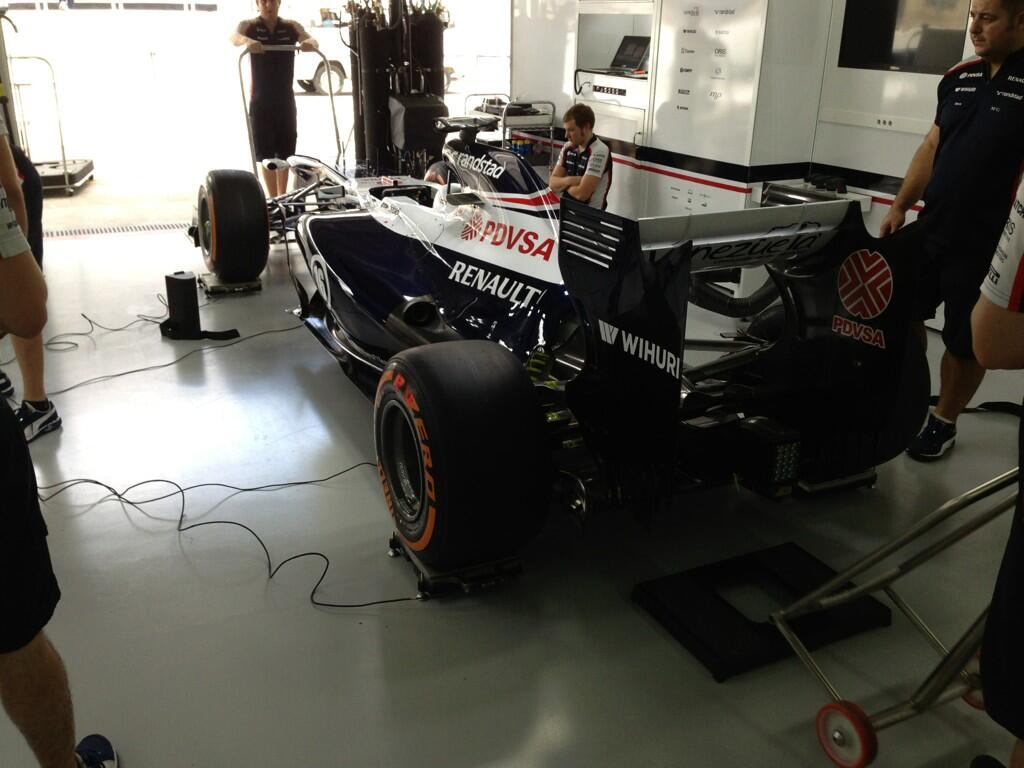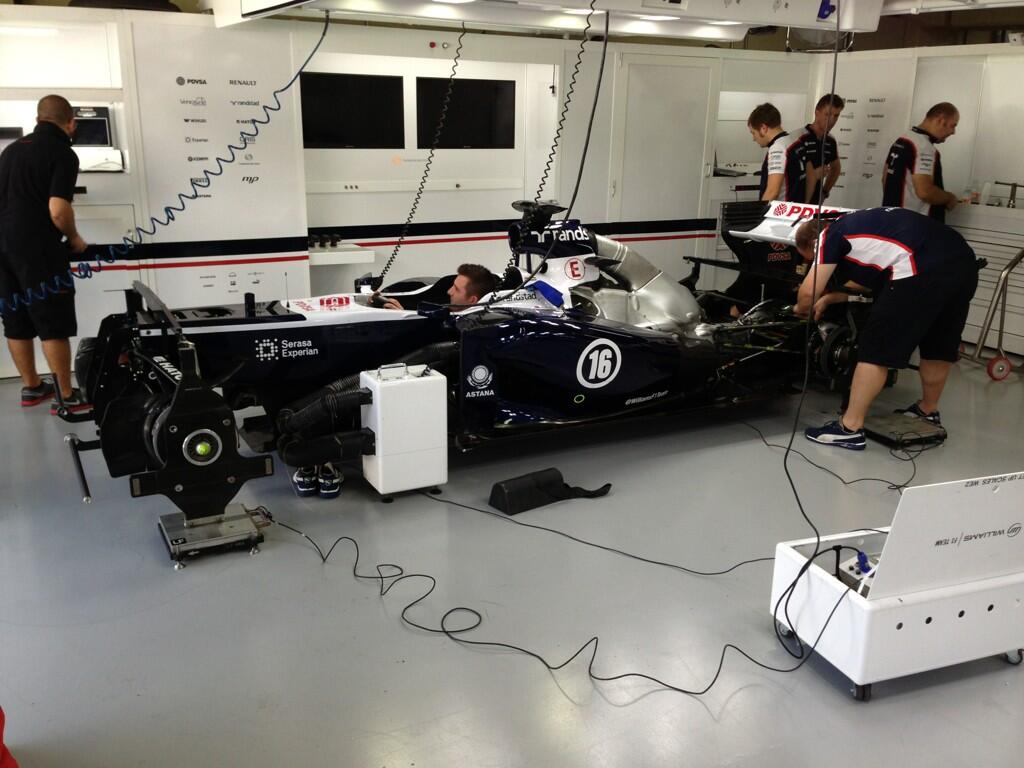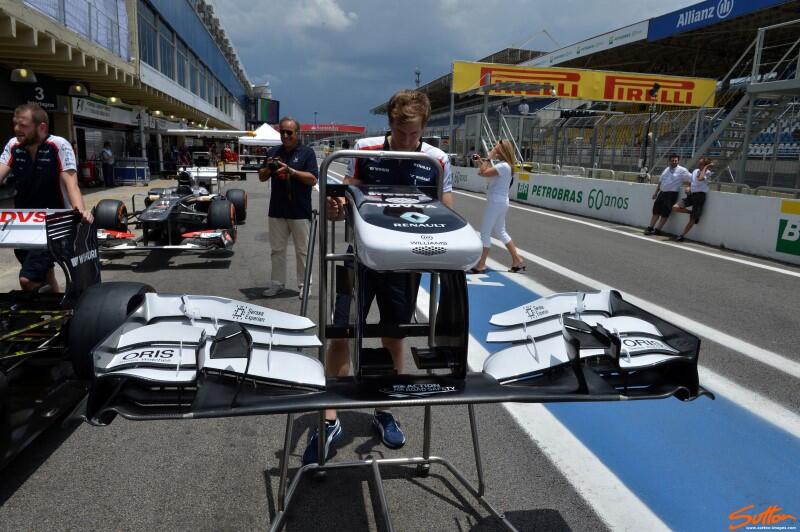trinidefender wrote:briant1 wrote:
Having the brake ducts tilt downwards will give extra front-downforce (which is very helpful under breaking). So the teams would certainly try to exploit this within the limits set by the regulations (no moving aero parts; but there's no test for this under breaking).
Do the front brake ducts really generate any downforce? Looking at their design it all seems about trying the get the cleanest airflow past the front wheels as possible. If I am wrong please correct me and tell me which part actually creates the downforce.
Secondly generally for stable braking you want the center of pressure for downforce to be behind the center of gravity of the car. Moving the center of pressure forward reduces the stability of the car under braking making the car harder to control.
You're right, a big part of the job of the front brake duct is to condition the flow and get it nicely around/above the sidepods. In doing so, they do tend to move some air upwards, which does create downfore (not a massive amount, but quite handy since directly at the hub). Look at this picture, some air is moved updards (downforce):

I think you're also right with the comment about aero balance and stability but supposing that the centre of downforce under braking is back far enough, having a little more front downforce would help (ceteris paribus). Whether Williams are in such situation I don't know, thats far too complex to say from the outside (at least for me^^).

